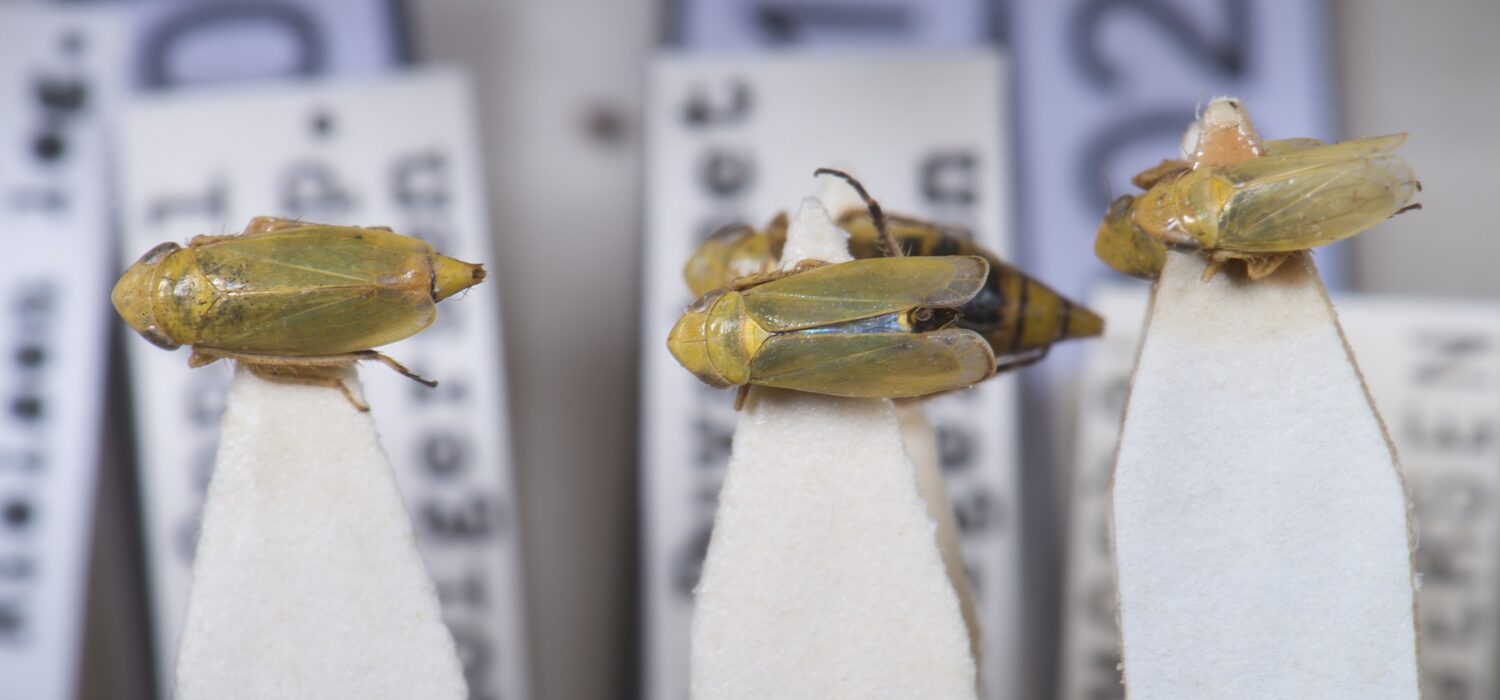Scientific collection
Until recently, MUST has focused on building scientific collections that reflect only parts of the world’s fauna. Whatever competence the various curators have possessed has largely determined the collecting priorities.
The most important collections pertain to ornithology and entomology. The bird collection contains ca. 4,300 pelts and ca. 300 finds of eggs from diverse species. These are kept at a storage facility on the island of Åmøy. In addition, there is a significant number of taxidermic mammals (ca. 290) and birds (ca. 1,320). Some of these specimens must be characterised as purely exhibitionary, and knowledge about their origin is often vague or entirely lacking.
A smaller collection of osteological (bone) material is also in the museum’s possession, but much of this is old and poorly marked. This collection includes about five complete whale skeletons plus some whale skulls. In addition, a relatively new reference collection has been produced, which includes complete skulls of most house pets and other larger mammals which members of the public have brought to the museum for identification.
The entomological collection contains two important and large sub-collections:
1. Holger Holgersen’s collection of ants and cicadas, ca. 7,000 specimens. This is the only collection that has been completely digitised and is now accessible via the website Artskart.
2. The butterfly and moth collection. The core of this collection consists of historical collections from Arne Nielsen, Tore R. Nielsen and Einar Fugelli, with much material gathered from Jæren during the period ca. 1950-1970. The collection also contains a significant number of older specimens from other parts of Norway, plus some material from eastern Norway collected in the late 1800s. Approximately 1,000 newer specimens gathered at Revtangen Ornathological Station from 2010 to 2016 have recently been added.
